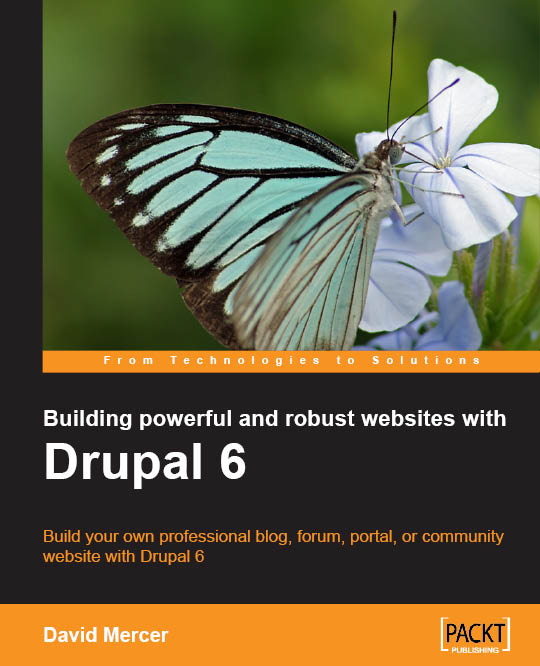Welcome to part 10 of our tutorial on building a website with Drupal 6. Previously we covered:
Part 1: Introduction
Part 2: Installing Drupal 6
Part 3: Configuring your Site
Part 4: Playing with Blocks
Part 5: Playing with Modules
Part 6: Playing with Themes
Part 7: Installing Modules and Themes
Part 8: Pathauto, Content, and Content Types
Part 9: Users, Roles, and Permissions
As we go through this tutorials I am building a Drupal resource site called Learn Drupal.
So far our website looks something like this: (you can click on the images for a larger view)
Our website is coming along great, we have some content, we have a contact form, we have a relatively unique look, things are looking good. But how do we know if we’re getting visitors? You’ll notice in my screenshot that I have a counter on each piece of content that tells me how many times the content has been viewed. This is made possible by the settings we chose when we enabled the Statistics module, and is visible to me as the administrator, and you should be able to see it on your website too. But what other specific data does the Statistics module log? This is part of what we’re going to briefly explore today.
Continue reading “Building a Website with Drupal 6 – Part 10: Reports – Keeping Track”




